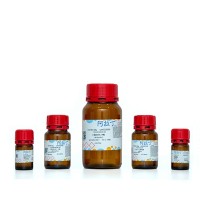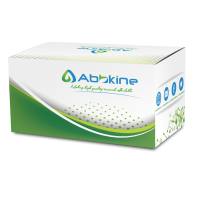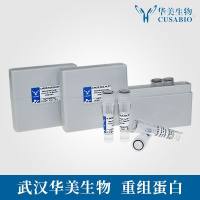Trafficking of AMPA receptors (AMPARs) is regulated by specific interactions of the subunit intracellular C-terminal domains (CTDs) with other proteins, but the mechanisms involved in this process are still unclear. We have found that the GluR1 CTD binds to cGMP-dependent protein kinase II (cGKII) adjacent to the kinase catalytic site. Binding of GluR1 is increased when cGKII is activated by cGMP. cGKII and GluR1 form a complex in the brain, and cGKII in this complex phosphorylates GluR1 at S845,a site also phosphorylated by PKA. Activation of cGKII by cGMP increases the surface expression of AMPARs at extrasynaptic sites. Inhibition of cGKII activity blocks the surface increase of GluR1 during chemLTP and reduces LTP in the hippocampal slice. This work identifies a pathway, downstream from the NMDA receptor (NMDAR) and nitric oxide (NO), which stimulates GluR1 accumulation in the plasma membrane and plays an important role in synaptic plasticity.
A GluR1-cGKII Interaction Regulates AMPA Receptor Trafficking
Yafell Serulle, Shuang Zhang, Ipe Ninan, Daniela Puzzo,Maria McCarthy, Latika Khatri,Ottavio Arancio,3 and Edward B. Ziff1,2~undefined
1Program in Neuroscience and Physiology
2Department of Biochemistry
New York University School of Medicine, New York, NY 10016, USA
3Department of Pathology and Taub Institute, Columbia University, New York, NY, 10032, USA
4Present address: Department of Psychiatry, New York University School of Medicine, New York, NY 10016, USA.
5Present address: Department of Psychiatry, University of Pittsburgh School of Medicine, Pittsburgh, PA 15261, USA.
~undefinedCorrespondence: edward.ziff@med.nyu.edu
DOI 10.1016/j.neuron.2007.09.016







